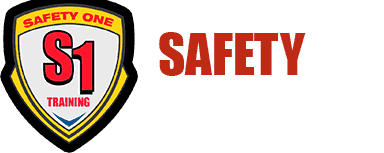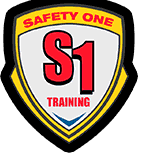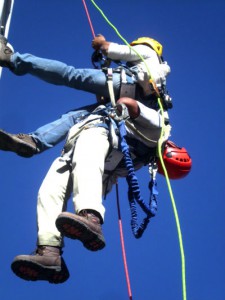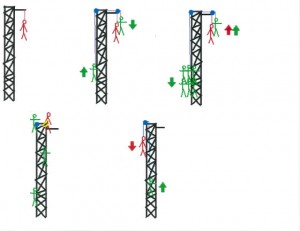18 Jun YOU CALL THIS A PROMPT RESCUE?
Rescue plans
We talk a lot about rescue plans and their importance. Some of our clients don’t seem to prioritize them, and some have ones that just are not quite what they should be. Part of what we do here is help people come together and help them perform better. It wasn’t so long ago I instructed a class that was a learning experience that I thought I would share.
As a fall protection instructor and a level 3 SPRAT rope access technician, I have traveled around the country learning of countless rescue plans. Every emergency will have unique challenges based upon location, injuries, and available equipment. No two rescues will ever be the same. Therefore a quality rescue plan is one that can adapt to any circumstances that arise based on the situation.
When training students in rescue, I believe in ‘hope for the best, plan for the worst.’ At this particular class, I was completely shocked when hearing of their current rescue plan if they had an unconscious patient with life threatening bleeding in a free hanging position from a horizontal mount 1000′ up a broadcast tower. Their plan was to use counter balance.
Attach the 5/8″ braided haul line(not life safety) to 1st rescuer, through a block placed next to where the patient was hanging, then drop the tail of the rope down the tower. The tail would be tied to a waiting rescuer below the patient who would climb up the tower allowing the 1st rescuer to be lowered to the patient. After attaching to the patient, 5 more rescuers (this is as I was told) would tie off to the tail of haul line and down climb. This in turn would raise the 1strescuer and patient back to the patients anchor point. The patient would then be tied off while the rescue system is reset.
Next the patient will be carried (?) to the center of the tower, again tied off to one end of 5/8″ haul line which has been placed through a block. The other end again dropped down the tower to a single waiting rescuer, who will tie off to the rope then climb up the tower causing a counter balance to lower the patient down to the point where another rescuer is waiting to secure them off so the rope can again be dropped to the next waiting rescuer and the block be repositioned down the tower.
This plan in fact would work. However, OSHA does require the means for a prompt rescue. With a 500 ft 5/8 braided rope, 2 blocks and 6 rescuers on the tower, this rescue plan would take several hours. And that is assuming there is no wind hence allowing perfect rope drops. Aside from the excessive time, climbing, and man power required for this plan to work, it got me really thinking about a larger picture…
Is it possible having an unrealistic rescue plan can create far more hazards than not having a plan at all?
I have done my best to replicate diagrams the student used when explaining this plan to me, see below.
Author: Brent Seely




Heidi Savage
Posted at 06:26h, 05 AugustHaving an unrealistic plan would be more efficient and life saving than not having a plan at all- If a less experienced person needed to follow the plan at least there would be a chance for a rescue – a mediocre plan can be finessed more quickly than orchestrating an entirely new plan. Q
Ty
Posted at 11:19h, 05 AugustGood insight Heidi! You and Todd are on the same page here, generally speaking, any plan is better than no plan. Todd’s point is, a well thought-out, effective and practical rescue plan is even better than a poor plan. Don’t forget the requirement for prompt rescue, sufficient equipment, experience and practice!
Stay Safe out there,
Ty